Frost Protection - UTL Repository
Frost Protection - UTL Repository
Frost Protection - UTL Repository
You also want an ePaper? Increase the reach of your titles
YUMPU automatically turns print PDFs into web optimized ePapers that Google loves.
]<br />
F R O S T P R O T E C T I O N : F U N D A M E N T A L S , P R A C T I C E A N D E C O N O M I C S<br />
[<br />
Trunk painting and wraps<br />
The bark of deciduous trees sometimes splits when there are large fluctuations in<br />
temperature from a warm day into a frost night. Painting the trunks with an<br />
interior water-based latex white paint diluted with 50 percent water in the late<br />
autumn when the air temperature is above 10 °C will reduce this problem. White<br />
paint, insulation and other wraps are known to improve hardiness against frost<br />
damage in peach trees. The paint or wraps decrease the late winter high cambial<br />
temperatures due to daytime radiation, which improves hardiness. Wrapping tree<br />
trunks with insulation (i.e. materials containing air spaces that resist heat<br />
transfer) will protect young trees from frost damage and possible death. Critical<br />
factors are to use insulation that does not absorb water and the trunks should be<br />
wrapped from the ground surface to as high as possible. Fibreglass and<br />
polyurethane insulation wraps with higher resistance to heat transfer provide the<br />
best protection of commercially available wraps. Typically, the trunk wraps are<br />
removed after 3 to 4 years. Wrapping young citrus tree trunks with water bags<br />
was reported to give even better protection than fibreglass or polyurethane foam.<br />
The main drawback to trunk wraps is increased potential for disease problems,<br />
so the bud unions should be at least 15 cm above the ground. Applying<br />
fungicide sprays prior to wrapping helps to reduce disease problems.<br />
Bacteria control<br />
For freezing to occur, the ice formation process is mostly initiated by presence<br />
of INA bacteria. The higher the concentration of the INA bacteria, the more<br />
likely that ice will form. After forming, it then propagates inside the plants<br />
through openings on the surface into the plant tissues. Commonly, pesticides<br />
(copper compounds) are used to kill the bacteria or competitive non-icenucleation<br />
active (NINA) bacteria are applied to compete with and reduce<br />
concentrations of INA bacteria. However, this frost protection method has not<br />
been widely used; for further information refer to Chapter 6.<br />
24


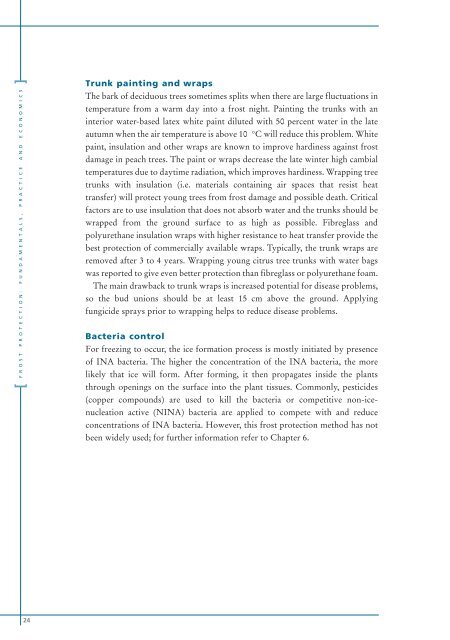
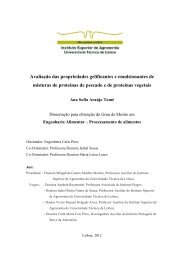
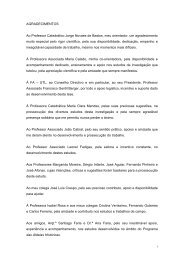
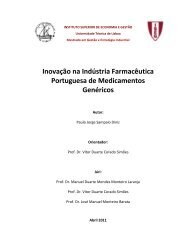
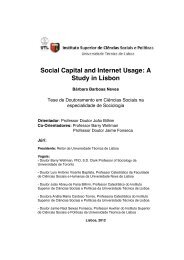
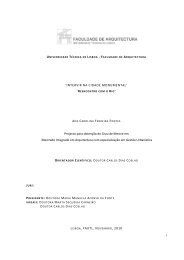
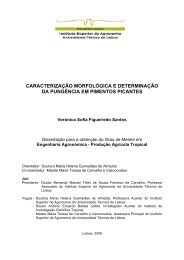

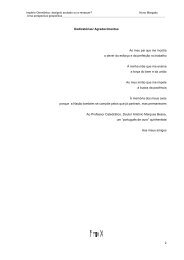
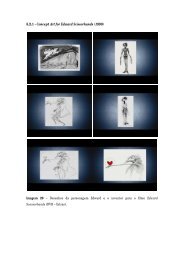
![Tese - Es..[1].pdf - UTL Repository - Universidade Técnica de Lisboa](https://img.yumpu.com/25707135/1/184x260/tese-es1pdf-utl-repository-universidade-taccnica-de-lisboa.jpg?quality=85)


